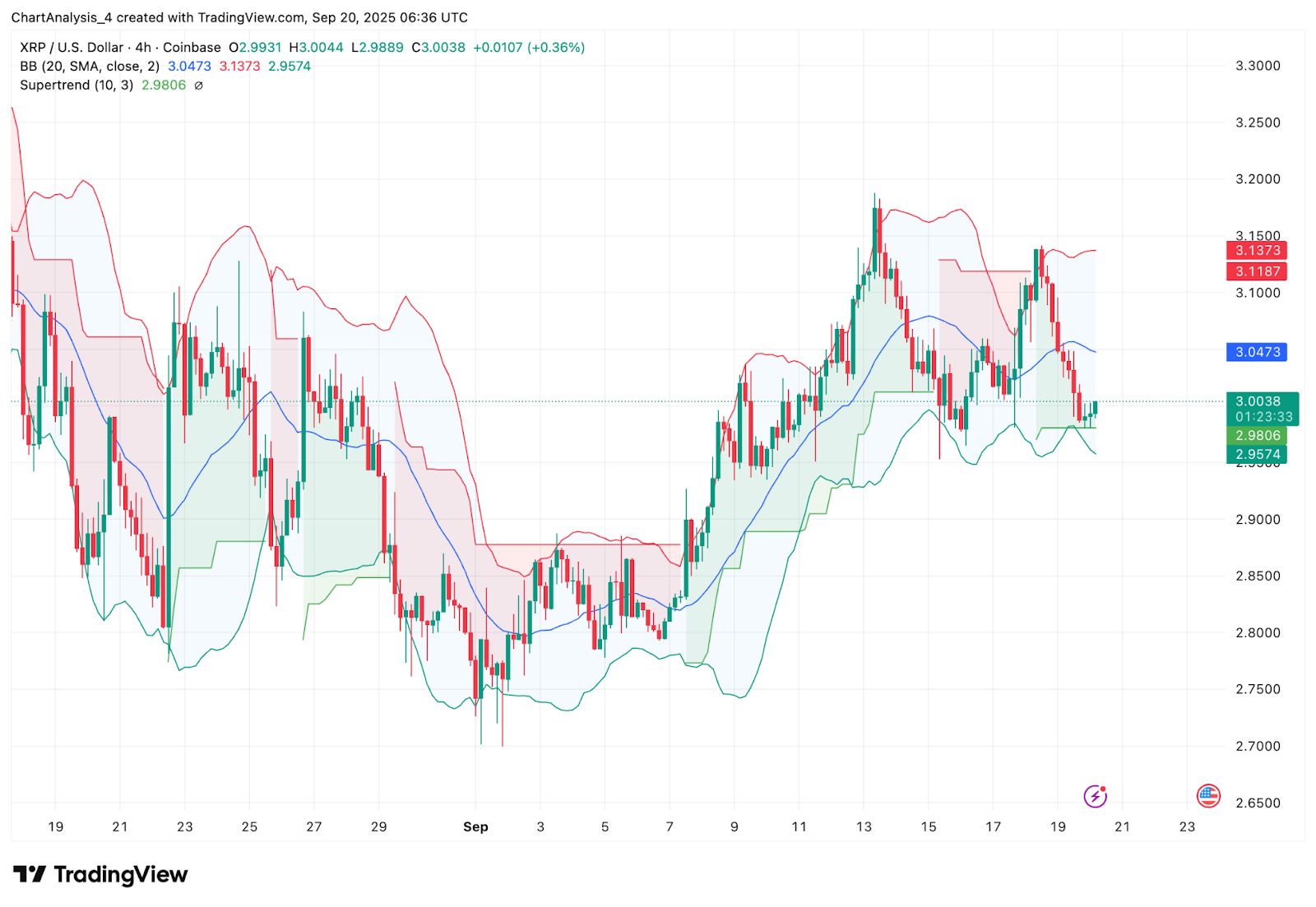Polygon rejects proposal to use over $1 billion of bridge stablecoins for yield generation
Quick Take Polygon community members rejected a preliminary proposal to deploy over $1 billion in stablecoin from the PoS Chain bridge for yield generation. Following community feedback, Polygon acknowledged these concerns and decided not to advance the proposal but remained open to exploring innovative ideas in the future.

Polygon community members have rejected a preliminary proposal (or pre-PIP) that suggested deploying over $1 billion in stablecoin from its bridge to generate yield.
The proposal, presented by Web3 risk provider Allez Labs in collaboration with DeFi protocols Morpho and Yearn, aimed to utilize about $1.3 billion in DAI, USDC, and USDT from the PoS Chain bridge and deploy them into curated lending pools.
Community members raised concerns regarding security issues and the absence of an opt-in mechanism for affected users, casting doubt on the proposal’s viability. “Given the community’s reservations about the pre-PIP, it appears unlikely that this proposal will advance, although this does not preclude exploring innovative or even bold ideas in the future,” remarked Polygon.
In response to the initial yield-generation proposal, Marc Zeller, the founder of Aave contributor Aave Chan, drafted a proposal to phase out Aave’s lending protocols on the Polygon PoS chain to address potential future security risks.
Yesterday, Polygon developers acknowledged the community’s concerns and decided not to advance the proposal. They highlighted the value of the governance process, which facilitates the exploration of new ideas within the community.
Polygon moves to criticize Aave leadership
Polygon also responded to Aave Chan’s proposal, characterizing the reaction from Aave’s leadership as “disappointing.” They asserted that Aave Chan resorted to making threats as Morpho, their main competitor, began to gain traction.
Polygon referenced an earlier suggestion by Aave Chan in August, proposing to the Polygon community that the bridge funds should be allocated to Aave’s yield-bearing token. It suggested converting some of the bridge stablecoins into stataUSDC — a wrapped version of Aave’s aToken for USDC (aUSDC).
“Despite their initial excitement and zealous pitch for a similar proposition, they [Aave leadership] resorted to threats to dismantle Aave’s deployment on the Polygon PoS once their main competitor gained more traction as the leading protocol,” it said .
Meanwhile, Zeller from Aave Chan had previously argued that their approach to using bridge assets would have been safer than Morpho’s strategy of directing assets into curated liquidity pools. He claimed that their deployment strategy, underpinned by Aave’s Umbrella program and safety module, would not have exposed the bridge assets to the risk of accruing bad debt.
As a result, Zeller proposed phasing out Aave’s v2 and v3 protocols on Polygon as a precaution to protect them from potential future security risks stemming from Polygon stablecoins that had been involved in yield strategies.
Aave founder responds
Aave founder Stani Kulechov also weighed in on the controversy surrounding the investment proposal for Polygon’s bridge funds. He criticized the proposal for lacking sufficient risk protection, highlighting Aave’s role in the Polygon network, noting that 40% of Polygon’s total value locked is deposited into Aave and that Aave’s primary governance functions operate on Polygon.
He clarified that Aave’s infrastructure could have supported a custom market for Polygon if more control over the investment strategy was desired, claiming the protocol’s Safety Module was risk averse. He further defended Aave Chan’s actions and criticized Polygon’s accusations against Aave leadership.
“The Polygon team abandoned the mission, quickly spun a narrative about not supporting the proposal, and blamed Aave’s leadership for the failure of the proposal,” Kulechov wrote .
Following Polygon’s decision to reject the yield-generation proposal, it remains uncertain whether the Aave community will decide to withdraw from the Polygon PoS chain.
Disclaimer: The content of this article solely reflects the author's opinion and does not represent the platform in any capacity. This article is not intended to serve as a reference for making investment decisions.
You may also like
SEI Price Chart Shows Growth, Tron Pushes Network Upgrades, but BlockDAG’s $410M Presale Ranks as the Best Crypto Right Now
Explore SEI price growth, review Tron (TRX) trends, and discover how BlockDAG’s $410M presale momentum secures its place as the best crypto right now.BlockDAG: A Mining-First Path to GrowthSEI Price Chart Reflects Weekly GrowthTron Market Review Shows Steady ProgressSumming Up

XRP Price Prediction: Analysts Watch $3.20 Breakout As Korean Custody News Fuels Speculation

Michael Saylor: Bitcoin Is Building a Base as 'OG' Sellers Exit and Big Money Preps
With the Treasury General Account refill almost done, ‘up only can resume’: Arthur Hayes
